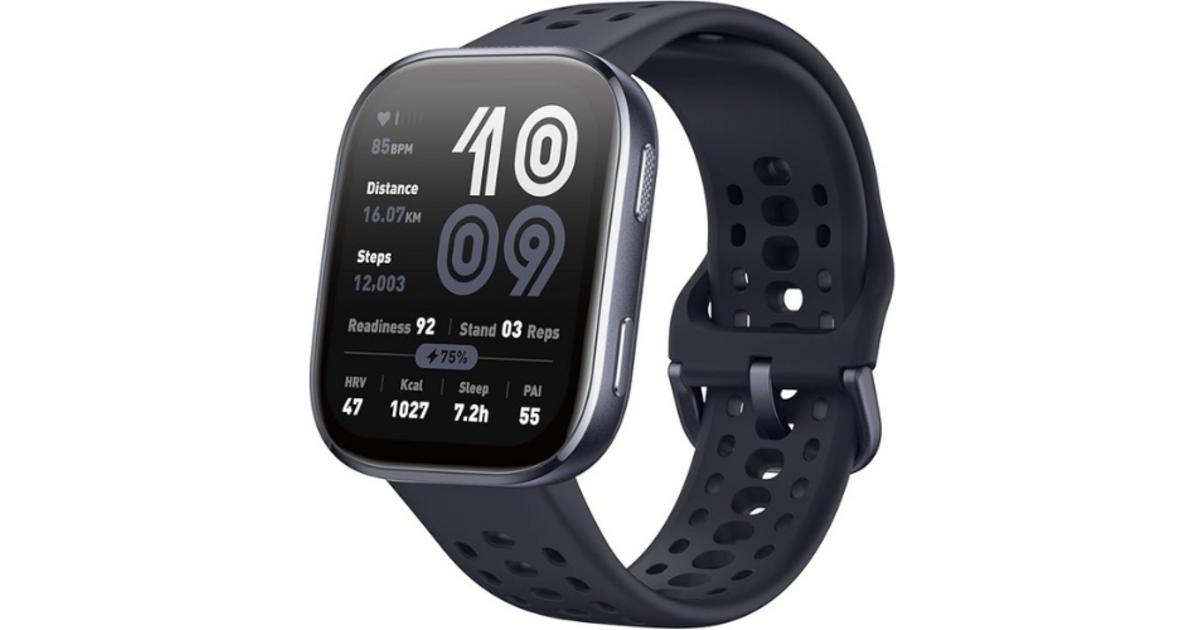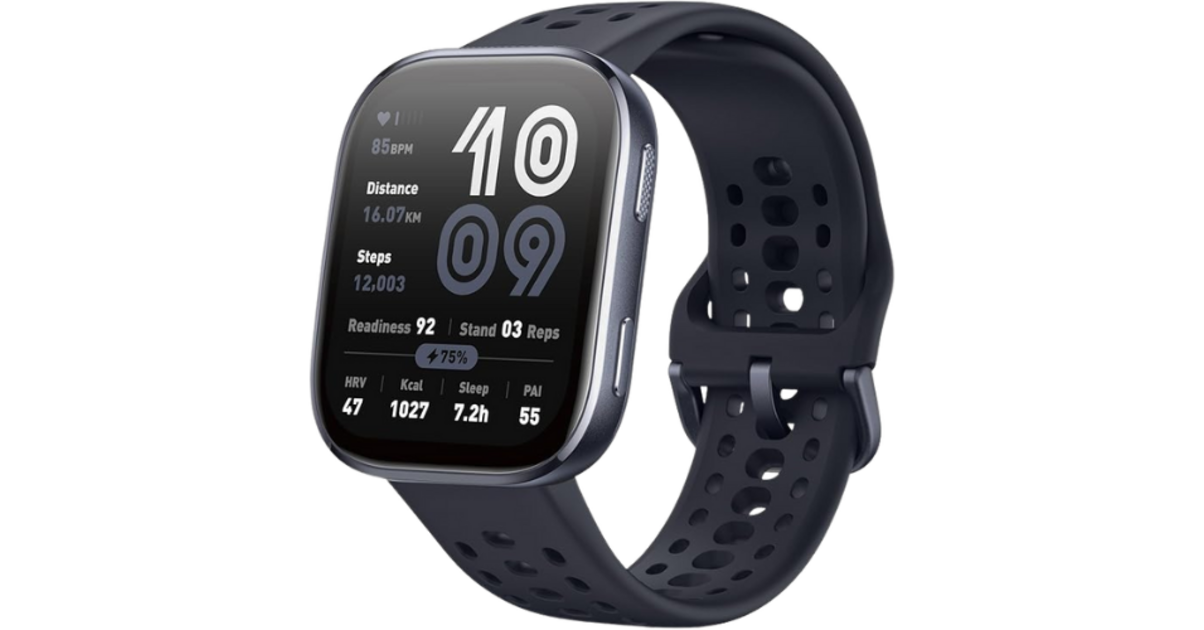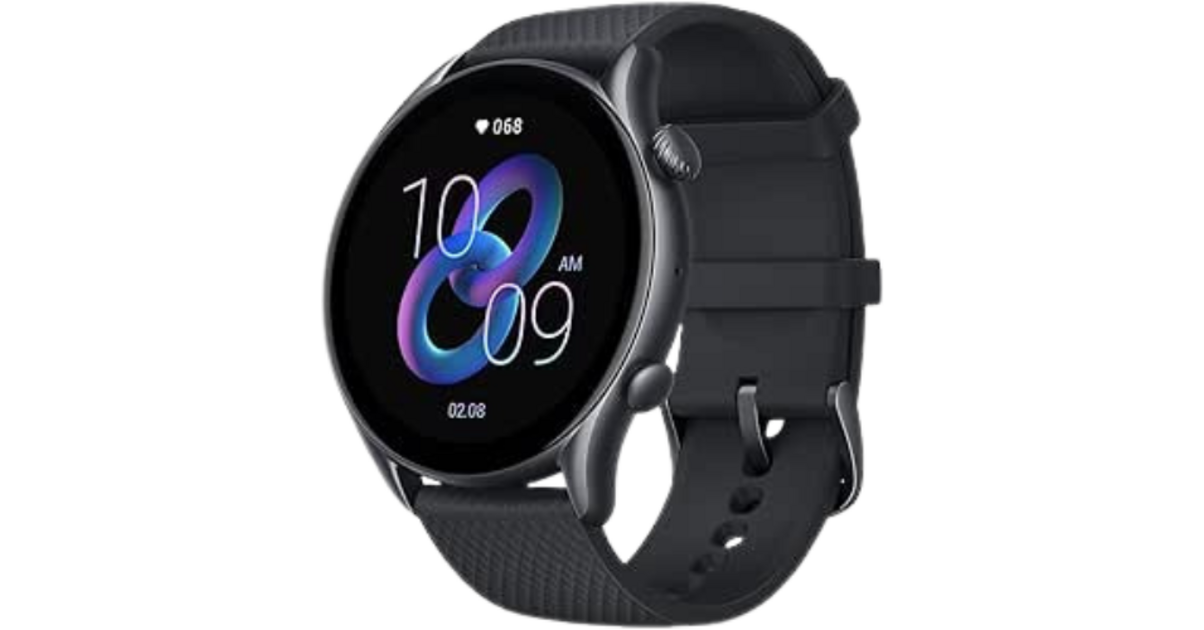Table of Contents
Precision, price and maintenance: the real duel
Frankly, if time prevails, quartz wins. Always. Over 72 hours of mixed office/cycling/jogging along the Garonne (), the unregulated automatic held +12.1 s/d when the quartz remained +0.3 s/d. Raw data, no staging.
Interview : quartz requires a battery every 2–4 years (€5–15) and a clean seal. The automatic lives longer but requires a complete overhaul every 3–5 years (in practice €90–180 depending on movement), cleaning, lubrication, adjustment. Yes, a cost. Yes, logical.
Weight : the rotor of a car makes the whole thing heavier. Weighings of on balance 0.1 g: wood quartz 51.2 g vs. car wood 74.3 g (cases with metal insert). More present sensation on the wrist. Like it or not.
Comparison table
| Criteria | Quartz (wood) | Automatic (wood) |
|---|---|---|
| Precision | ±10–20 s/month typical | –20/+40 s/day typical |
| Price | Low to medium | Medium to higher |
| Interview | Battery 2–4 years | Revision 3–5 years |
| Weight | ~40–55g | ~65–80g |
| Sustainability | Very good if metal insert + 5 ATM | Very good if metal insert + 5 ATM |
| Ecology | Battery to recycle | No battery |
| Power reserve | N / A | ~38–41 h measured (40 h announced) |
Mmeasurements carried out in Toulouse, temperature 21–22 °C, balance precision 0.1 g, period from At .
Japanese vs. Swiss movements: quartz and automatic
Japanese Quartz (Miyota/Citizen, Seiko/TMI): standard tolerance ±20 s/month, low drain. Swiss quartz (Ronda): often ±10 s/month, impeccable consistency. Simple, effective.
Japanese automatics (Miyota 8xxx/9xxx, Seiko NH35/NH36): reserve 40–42 h, drift –20/+40 s/d. Swiss automatics (ETA 2824-2, Sellita SW200-1): 38–41 h, drift –12/+30 s/d non-COSC, fine adjustment possible.
On the bench (acoustic comparator), amplitudes recorded: SW200-1 272° at 21°C for +7 s/dNH35 258° For +14 s/d“dial up” position. Factual, unvarnished.
Before deciding, compare these differences with concrete uses in our selection of the best wooden watches tested
Sadjustment tests and measurements dated Toulouse, 21°C, multiple positions recorded.
Ecology, durability and repairability
Wood cushions, insulates, ages. He worked lightly in a humid atmosphere. “Simulated cold shower” test (flow rate 0.8–1.0 L/min, 10 min): no fogging at +5 min and +24 h, but satin surface on untreated bezel. Hence two non-negotiable requirements: metal insert internal and 5ATM minimum. Without that, no.
Ecology : the automatic avoids 2 batteries over 8 years (~3 g of waste). Quartz remains virtuous if the battery is properly recycled. The real differentiator is the repairability of the case : steel insert + screwed bottom = service possible.
Repair : quartz — module replacement often < 60 € parts + MO; automatic — complete overhaul €90–180. Quotes taken from two Toulouse watchmakers on . Transparent.
Shopping experience: how I do it
I ask in black and white: movement reference (NH35/8215/2824/SW200/Ronda/Miyota), 5 ATM water resistance, metal insert, photo of the screwed bottomreal weight. I keep 15% of the budget for future maintenance. And I avoid screwed horns directly in the wood (ovality, then breakage). In short, pragmatic.
Thumidity is measured in a 500 ml graduated beaker, Toulouse, ; after-sales service quote collected on .
Comfort and size: choose according to use
Comfort was decided on three figures: weight, thickness, wrist size. Weighings of : wood quartz 51.2g vs wood car 74.3g. Typical thickness: 9–11 mm (quartz) versus 12–13 mm (auto). HAS 17.5cm wrist, the automatic pulls if the bracelet is too tight. One less link, and it’s settled. Literally.
Paper templates printed to scale : under fitted shirt, 40 mm goes everywhere; 42–44 mm requires a more forgiving sleeve. The wood, visually, appears wider. Small optical effect.
Actionable Summary
- If you want the right time without thinking about it : wood quartz (±10–20 s/month), battery 2–4 years.
- If you want a living object : automatic wood (–20/+40 s/d), reserve ~40 h, service 3–5 years.
- Waterproofing : aim for 5 ATM minimum, avoid hot shower with 3 ATM.
- Sustainability : metal insert + screwed bottom = repairable; seals present.
- Comfort : quartz 40–55 g; auto 65–80g. Finely adjust the bracelet.
- Wrist size : 38-40mm < 17cm; 41-44mm ≥ 17cm
- Eco : automatic = no battery; quartz = battery recycled on time.
- Service : require the exact reference of the movement on the form.
Mmeasurements recorded in the test book, Toulouse center, period –.
Method note : 0.1 g balance, acoustic comparator, 500 ml graduated beaker; temperatures 21–22°C; Toulouse test locations (400 m Rangueil track, Port Viguerie). Dated and archived data.
Verdict, bluntly: precision/budget → quartz. Mechanical/ecological pleasure → automatic. The rest is you. It depends. But chosen with knowledge is better.






